Developing Indoor Navigation Apps: A Comprehensive Guide
Hey there! Have you ever found yourself wandering in a massive shopping mall, desperately searching for a specific store? Or perhaps you've struggled to navigate a sprawling airport terminal, trying to catch your flight on time. Well, you're not alone! Indoor navigation apps are becoming increasingly popular as the demand for seamless indoor navigation experiences skyrockets. And let's face it, in this tech-driven world, having a user-friendly and feature-rich indoor navigation app is a game-changer.

Lucky for you, I've got your back! In this guide, I'll take you on a step-by-step journey, showing you exactly how to develop your very own indoor navigation app.
So, whether you're a tech enthusiast or a software developer looking to create the next big thing, let's dive in and unlock the secrets of indoor navigation app development together!
Market Statistics for Indoor Positioning Apps:
Did you know that indoor positioning apps are taking the tech world by storm? The statistics are mind-blowing!
According to recent data, the adoption rate of indoor positioning apps has skyrocketed, with businesses and users alike embracing this revolutionary technology.
Here are some real facts and figures
- Indoor navigation apps are projected to reach a market value of $57.42 billion by 2027, with a compound annual growth rate (CAGR) of 34.2% from 2020 to 2027. (Source: Verified Market Research)
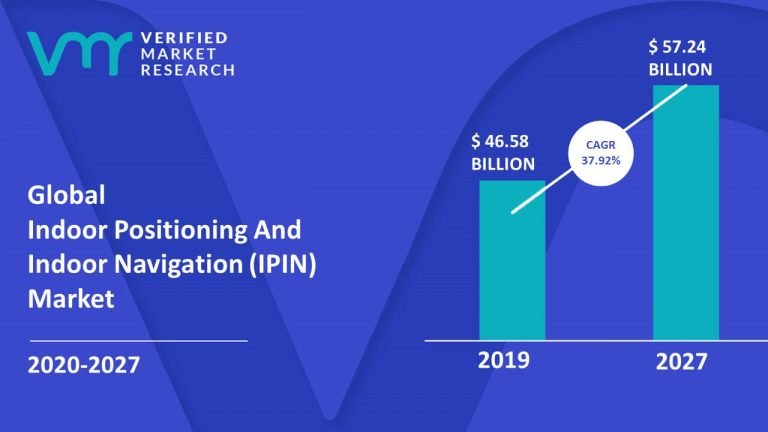
- Indoor navigation apps powered by augmented reality (AR) are gaining traction, with the AR market projected to reach $140 billion by 2024. (Source: Markets and Markets)
- The industry in Europe is being driven by both customer demand and the increasing number of indoor navigation apps. With a percentage of the market of around 25%, the UK dominates the European indoor positioning and navigation industry, with Germany coming in second with a share of the market of about 21%.
So, dear developer, it's time to seize the opportunity and tap into the indoor positioning or indoor navigation app frenzy before it's too late. Trust me, you won't want to miss out on this golden ticket!
Understanding Indoor Navigation Apps:
Let's dive into the fascinating world of indoor positioning and navigation apps! These innovative apps bring the power of GPS navigation indoors, helping users find their way within complex buildings like shopping malls, airports, and hospitals.
Unlike outdoor GPS navigation apps that rely on satellite signals, indoor navigation apps utilize a combination of technologies such as Wi-Fi, Bluetooth beacons, and visual markers to provide accurate indoor positioning.
It's important to note that indoor navigation comes with its own set of challenges. Unlike open outdoor spaces, indoor environments pose obstacles like signal interference and the need for detailed indoor maps. But fret not, developers are up to the challenge and have created remarkable solutions!
Importance and Benefits of Indoor Navigation Apps:
Indoor navigation apps are not just a novelty; they offer tangible benefits for both businesses and individual users.
For businesses, these apps elevate the customer experience by providing seamless navigation and helping visitors find stores, products, and amenities effortlessly.
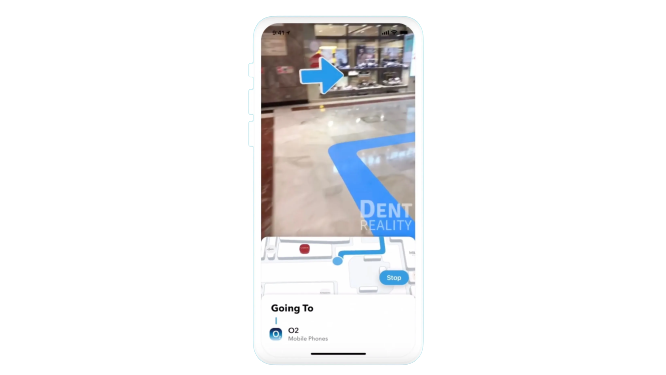
Imagine strolling through a massive shopping mall, effortlessly locating your favorite store, or discovering exciting deals.
That's the power of indoor navigation! Additionally, these apps enhance operational efficiency for businesses, optimizing visitor flow, and reducing congestion.
But it's not just businesses that benefit from indoor navigation apps; individual users reap rewards too!
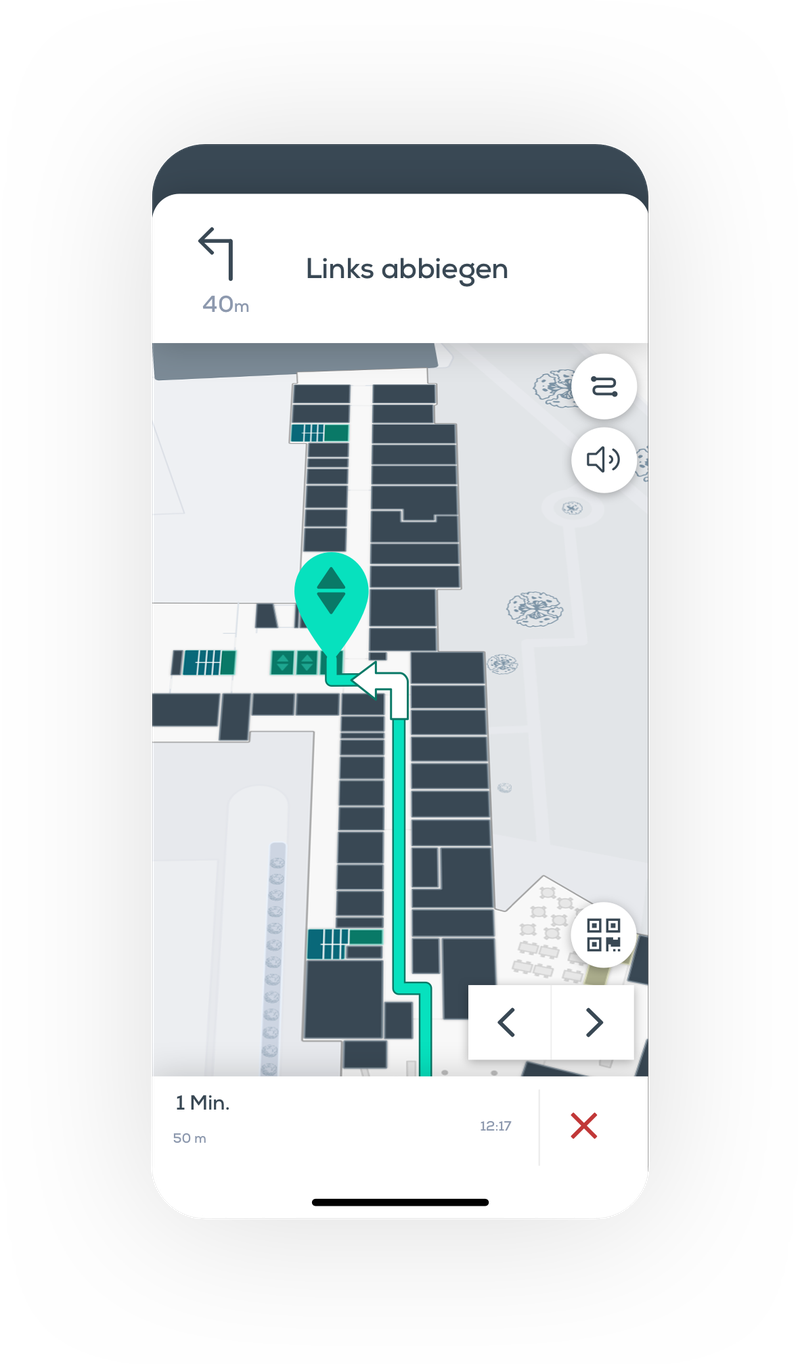
Imagine attending a conference in a sprawling convention center. With an indoor navigation app in hand, you can easily navigate between sessions, find amenities like restrooms or food stalls, and avoid getting lost in a maze of hallways.
These apps save you precious time, ensuring you make the most of your visit without any unnecessary hassles.
Real-life success stories further highlight the value of indoor navigation apps.
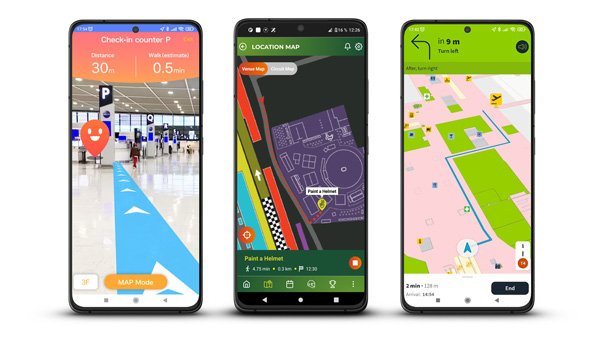
Take, for example, a renowned hospital that implemented an indoor navigation app. Patients and visitors experienced reduced stress and frustration as they effortlessly navigated the hospital's complex layout.
Emergency response teams also benefited, reaching critical locations faster, ultimately saving lives.
Indoor navigation apps are revolutionizing how we navigate and interact with indoor spaces. Whether it's for businesses streamlining operations or individuals enjoying a stress-free experience, these apps are making a significant impact in our daily lives.
So, let's explore further and uncover the essential features of an Indoor GPS App!
Essential Features of an Indoor GPS App:
When it comes to indoor navigation, certain features are indispensable. Let's take a closer look at what makes an indoor GPS app truly outstanding:
Map Creation: Detailed indoor maps are the backbone of indoor navigation. These maps require meticulous planning and data collection to accurately represent the complex layout of buildings. Think of it as creating a digital blueprint that guides users seamlessly.
Location Tracking: Pinpoint accuracy is crucial within indoor environments. The app should track users' locations in real time, ensuring they receive precise guidance even in intricate spaces. Imagine knowing exactly where you are in a labyrinthine shopping mall or a sprawling convention center.
Routing and Directions: Efficient and reliable navigation instructions are essential. The app should calculate the fastest routes, guiding users to turn by turn. Whether it's finding the shortest path to a specific store or navigating through a hospital's various departments, the app has your back.
Search Functionality: A user-friendly search feature is a must. Users should be able to effortlessly find specific locations or points of interest within the premises. Imagine typing in "coffee shop" and instantly discovering the nearest one, satisfying your caffeine cravings.
Points of Interest: To enhance the user experience, the app should highlight key points of interest. These could include stores, restaurants, restrooms, or information desks. Think of it as your tour guide, pointing out the exciting spots within the venue.
Floor Selection: Multi-level buildings can be tricky, but not for a top-notch indoor GPS app. It should seamlessly navigate between floors, allowing users to switch levels without a hitch. Going from the ground floor to the rooftop restaurant? Consider it done!
Augmented Reality: Imagine adding a touch of magic to your navigation experience. With augmented reality (AR), the app can overlay digital information onto the real-world view through your phone's camera. It's like having virtual signposts guiding you along the way.
Notifications/Alerts: Real-time notifications and alerts keep users informed. Whether it's announcing a flash sale at your favorite store or alerting you about a gate change at the airport, timely updates ensure you never miss out.
Accessibility Features: Inclusivity matters. A truly remarkable indoor GPS app incorporates accessibility features, such as voice guidance for visually impaired users or text-to-speech functionality. Everyone deserves a seamless navigation experience.
Integration with Other Services: The app's power expands when it integrates with external services. Imagine booking a table at a restaurant or making a payment for a purchase, all within the app. The integration adds convenience and enhances the overall user journey.
Advanced Level Features that Will Impress & Shock Users:
Beyond the essential features, let's uncover the advanced-level functionalities that will truly amaze and astonish users:
Live Indoor Navigation: Imagine real-time indoor navigation that adapts to your movements. This cutting-edge feature utilizes advanced algorithms and sensor fusion techniques to provide seamless guidance, even as you change directions or take unexpected detours.
Predictive Intelligence: Brace yourself for mind-reading navigation! With predictive intelligence, the app learns from your preferences, behavior, and historical data to anticipate your needs. It can suggest personalized routes, recommend nearby points of interest, or even offer timely promotions based on your interests.
Virtual Assistant Integration: Prepare to be wowed by the power of voice-activated virtual assistants! An exceptional indoor GPS app can seamlessly integrate with popular virtual assistants like Siri, Alexa, or Google Assistant. Simply ask your virtual assistant for directions, and the app will take care of the rest.
Gesture Control: Prepare to feel like a magician! Advanced indoor GPS apps can leverage gesture recognition technology, allowing you to navigate and interact with the app using simple hand gestures. Swipe, pinch, or wave to control the app without even touching the screen.
Technologies Used in Indoor Navigation App:
- Visual Positioning System (VPS):
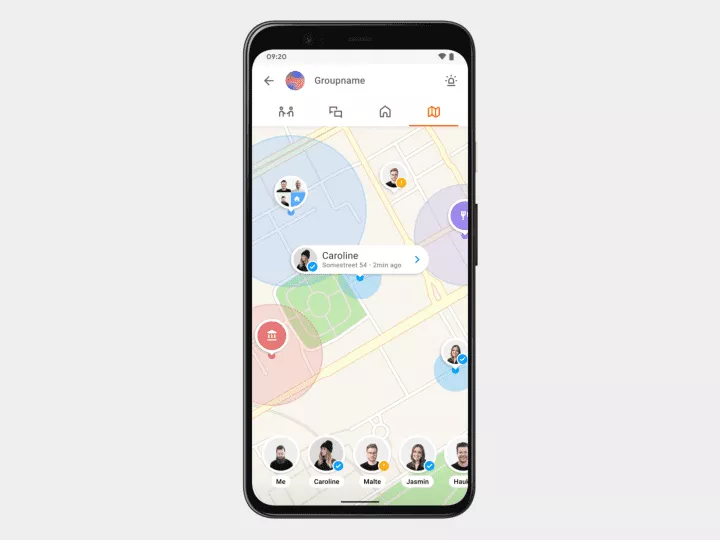
Imagine having a GPS for indoor spaces! VPS technology utilizes computer vision, augmented reality, and image recognition to accurately position users within buildings. It analyzes visual cues, such as unique patterns or landmarks, to determine precise locations. It's like having a digital compass guiding you through the maze of indoor spaces.
- BLE Beacons:
Bluetooth Low Energy (BLE) beacons are small devices strategically placed throughout indoor environments. They emit low-power signals that can be detected by smartphones or other devices equipped with Bluetooth capabilities. These beacons act as virtual landmarks, helping the app determine the user's location and provide relevant information or guidance. Think of them as invisible signposts that communicate with your device.
- Visual Markers:
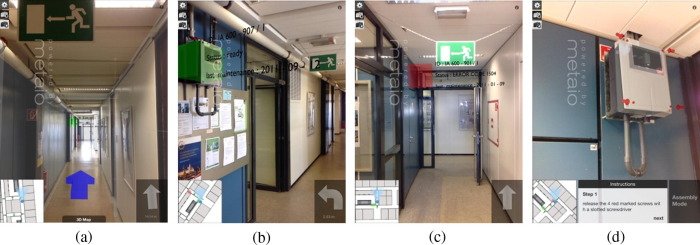
Prepare to uncover the power of visual markers! These are distinct visual patterns, symbols, or QR codes placed at specific locations within buildings. The app uses the device's camera to scan and identify these markers, which then serve as reference points for precise location identification. It's like a secret code that unlocks the magic of indoor navigation.
Together, VPS, BLE beacons, and visual markers revolutionize the way we navigate indoor spaces. They blend cutting-edge technologies like computer vision, augmented reality, and wireless communication to create seamless and accurate indoor navigation experiences.
So, the next time you find yourself exploring a massive shopping mall or a sprawling exhibition center, remember that these behind-the-scenes technologies are working tirelessly to guide you to your destination.
Cost Estimation for Indoor Navigation App Development:
The average price to create an Indoor Navigation mobile application as we discussed in this blog starts at $15,000, and the price will increase depending on the features it has. The price of developing an application depends on several factors, including:
Factors Influencing the Cost: The cost of app development depends on various factors. The complexity of your app, the desired features, and the estimated development time all play a significant role in determining the overall cost. Remember, the more advanced features you include, the higher the cost may be.
Breakdown of Development Costs: Let's break it down. Developing an indoor navigation app involves different stages, each with its associated costs.
- You have the consultation stage, where you discuss your requirements with developers.
- Then comes the design stage, where the app's user interface and experience are crafted.
- Next is the development stage, where the actual coding and programming take place.
- Finally, the post-production stage involves testing, bug fixing, and deployment.
Understanding these stages helps you estimate the costs more accurately.
Conclusion:
In today's tech-driven world, indoor navigation apps have become indispensable. They offer accurate navigation, enhance user experience, and save time. From understanding the concept to exploring essential features and advanced technologies.
Decodermind is your trusted partner in indoor navigation development. With their expertise and successful projects, they guide you from ideation to launch. Collaborating with their skilled team saves time, ensures quality, and delivers innovative solutions tailored to your needs.
We've covered it all. Now, it's your turn to embark on the journey of creating your indoor navigation app.
Good luck!

 Hamid Salman
Hamid Salman